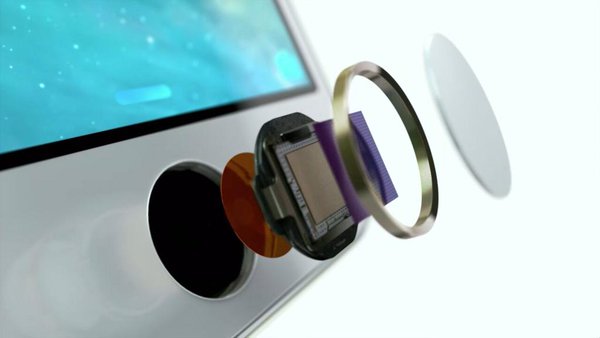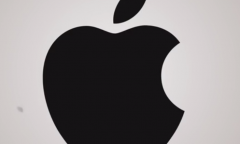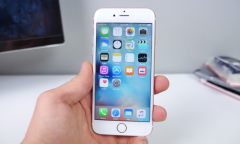By Steve Pak, | February 12, 2016

Apple TouchID
iPhone error code 53 on Apple devices related to preventing software updates on smartphones with damaged buttons is resulting in a class-action lawsuit. A law firm filed the suit on February 11, Thursday related to the device's fingerprint sensor that can brick (prevent from turning on) handsets with broken or replaced Touch ID buttons.
Like Us on Facebook
The Seattle law office filed the lawsuit on behalf of its Northern California clients. Court documents argue that Apple Inc. was "abusive" by not warning customers about the results of Touch ID sensors that were damaged or replaced, and that Error 53 only shows up when iPhone owners try to download a new iOS version.
It also claims that over 62 million iPhones had been affected by Error 53 by November 2015. A judge has not classified the case as a "class-action" lawsuit yet.
The plaintiffs are seeking $5 million in damages, according to Gizmodo. They also want free iPhone repairs and a software update as a long-term solution to fix the problem.
Apple explains that the error code exists because each phone it ships includes a security measure for Touch ID sensors. It prevents people from using fake sensors and thus collecting a fingerprint or stealing Apple Pay data, according to Ars Technica.
However, the big issue that has made headline news is that during iOS 8's life cycle units with broken, mismatched or replaced Touch ID sensors stopped working. Software updates did not install and no error code was displayed.
However, the Error 53 message would pop up in the middle of a process. The phone would then enter a loop causing it to keep rebooting until the TouchID was changed.
The lawsuit states that the models affected by Error 53 are iPhone 6, 6Plus, 6S, and 6S Plus. It does not mention the 5S model, which lacks near field communication (NFC) sensors for Apple Pay.
Apple recommends that busted Touch ID sensors be fixed or replaced at authorized Apple repair shops or Apple Stores instead of chancy third-party shops. However, the Apple service fees are high.
One solution would be for Apple to allow its smartphones without Touch ID buttons to boot and update normally. However, to boost security it could require iPhones with Touch ID buttons to be paired with their original devices.
Here's how Touch ID works:
-
Use of Coronavirus Pandemic Drones Raises Privacy Concerns: Drones Spread Fear, Local Officials Say

-
Coronavirus Hampers The Delivery Of Lockheed Martin F-35 Stealth Fighters For 2020

-
Instagram Speeds Up Plans to Add Account Memorialization Feature Due to COVID-19 Deaths

-
NASA: Perseverance Plans to Bring 'Mars Rock' to Earth in 2031

-
600 Dead And 3,000 In The Hospital as Iranians Believed Drinking High-Concentrations of Alcohol Can Cure The Coronavirus

-
600 Dead And 3,000 In The Hospital as Iranians Believed Drinking High-Concentrations of Alcohol Can Cure The Coronavirus

-
COVID-19: Doctors, Nurses Use Virtual Reality to Learn New Skills in Treating Coronavirus Patients











